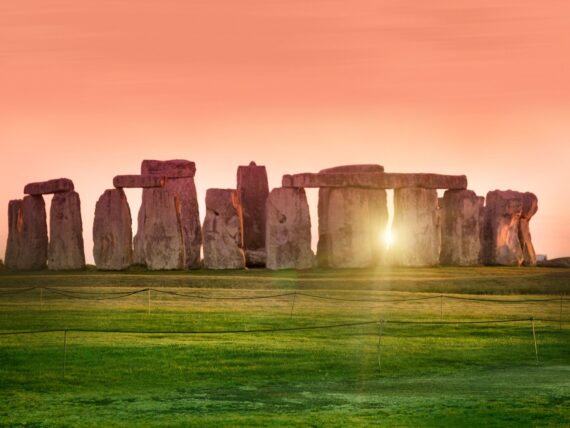Related: 55 Surprising Facts About America’s Beaches
The Science (and Latin) Behind the Solstice
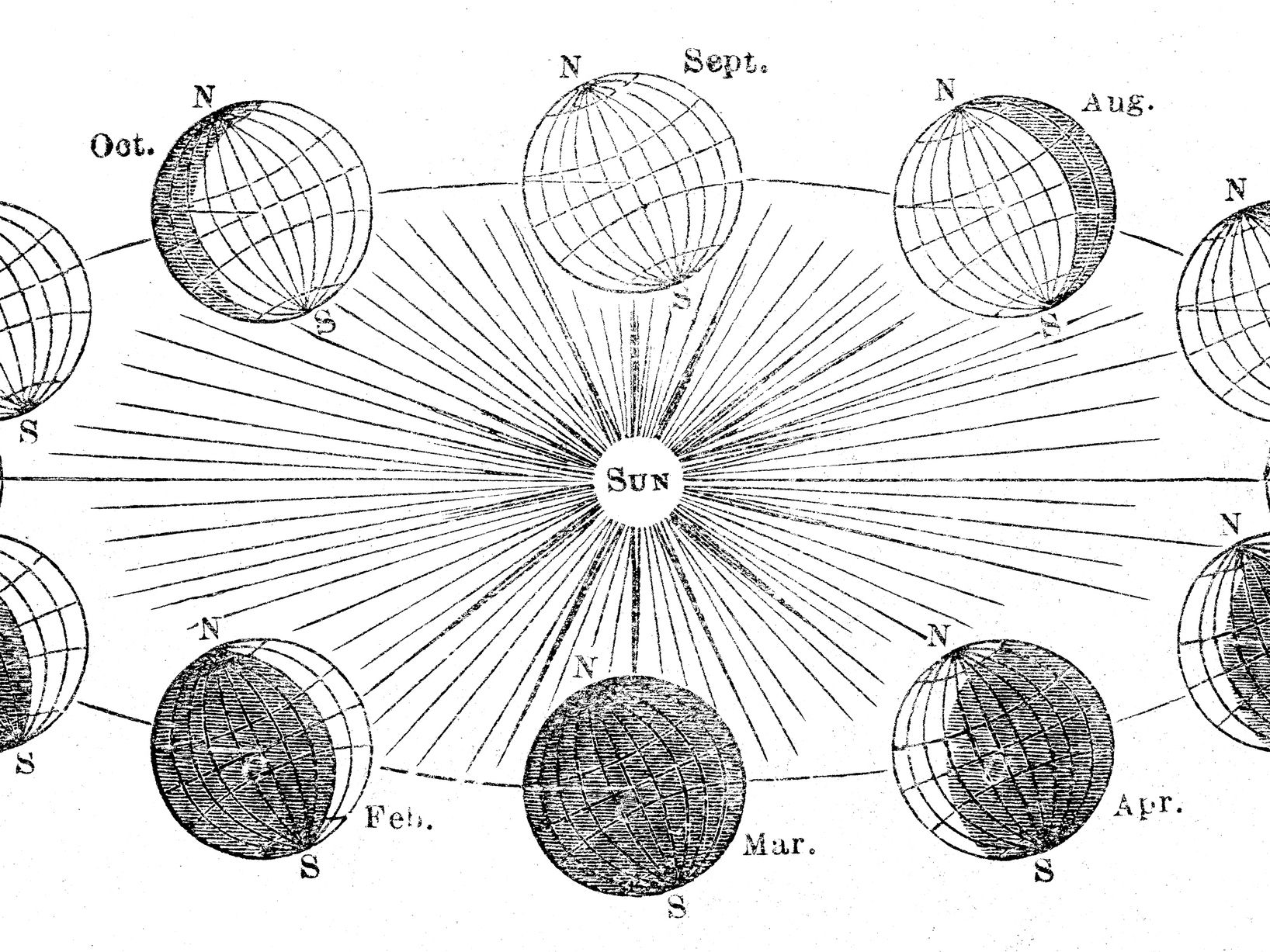
Related: Great Summer Festivals in All 50 States
It Occurs at Different Times of the Year Around the Globe

In the Northern Hemisphere, the longest day (or summer solstice) is marked on June 20 or 21 (this year it will be at 5:13 a.m. EST June 21) – and in the Southern Hemisphere, it occurs December 21 or 22. The solstice also marks the beginning of the summer season, which continues until the autumn equinox which (no surprise) marks the arrival of fall.
It Helped to Guide Ancient Farmers

Solstice Celebrations Were Once Wild Parties
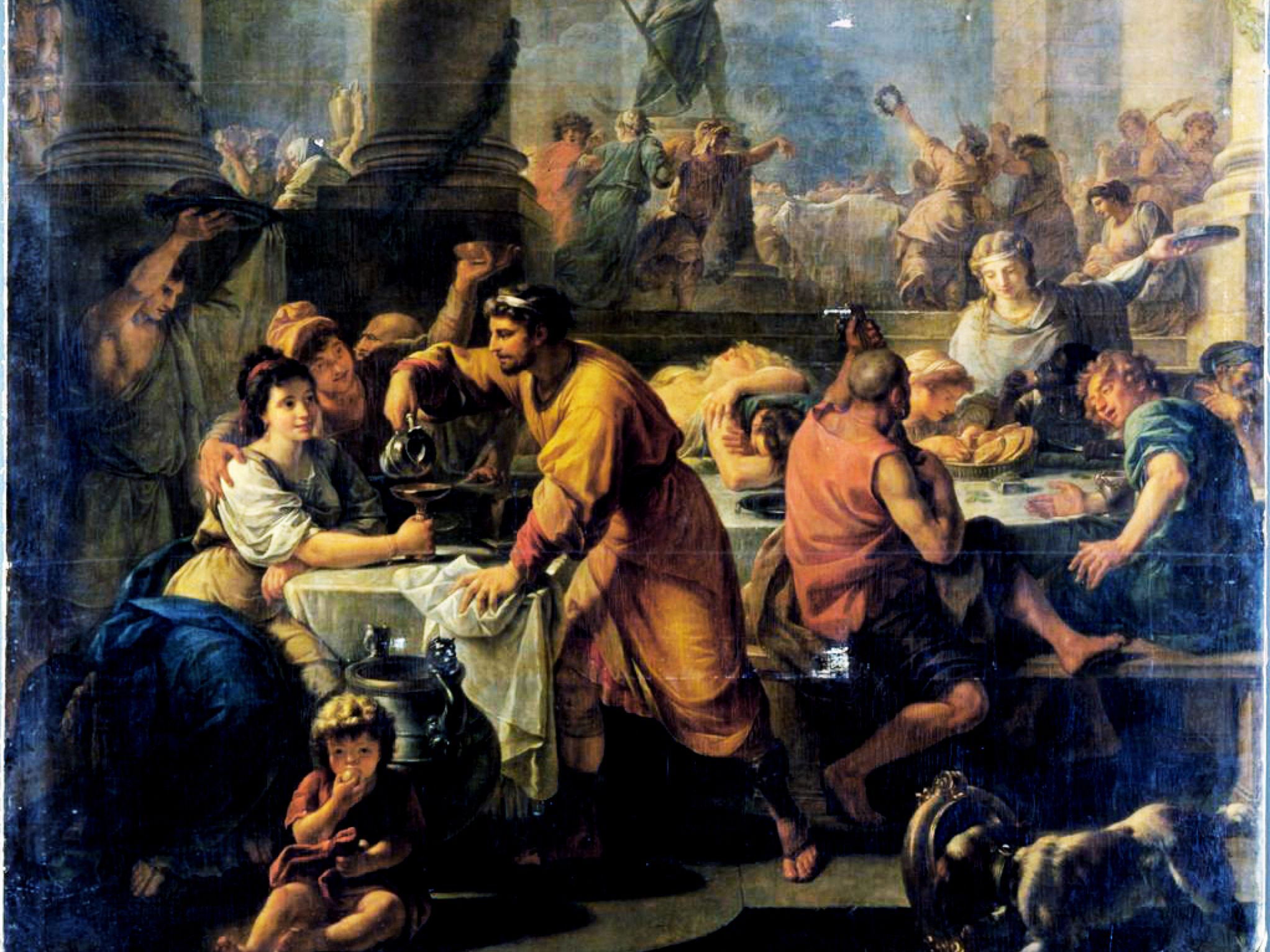
The ancient Greeks held an annual summer festival, Kronia, to celebrate Cronus, the god of agriculture. This mega-party relaxed the social rules with slaves permitted to dine with their masters, which led to a chaotic celebration during which not much got done. The ancient Romans marked the arrival of the summer solstice with Vestalia, honoring the goddess of the hearth.
It’s Closely Tied to the Original Olympics Games

Trending on Cheapism
It’s Gone By Many Names Over the Years
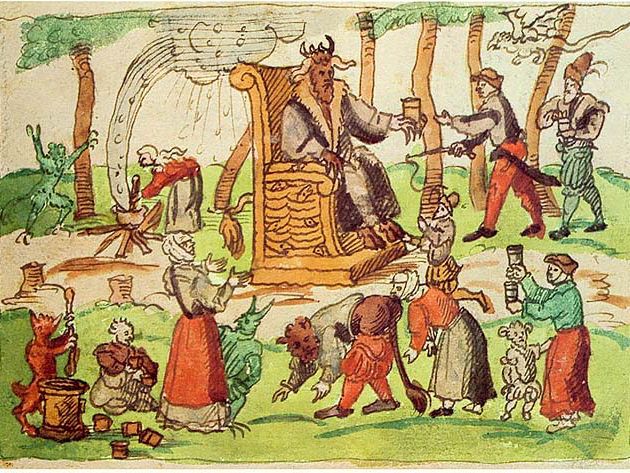
The summer solstice has gone by different names in different cultures throughout history. It’s known as Midsummer in northern Europe, Litha by Wiccans, and some Christian churches use the solstice to commemorate the birth of John the Baptist, calling it St. John’s Day.
Huge Bonfires Were Once Part of the Celebration
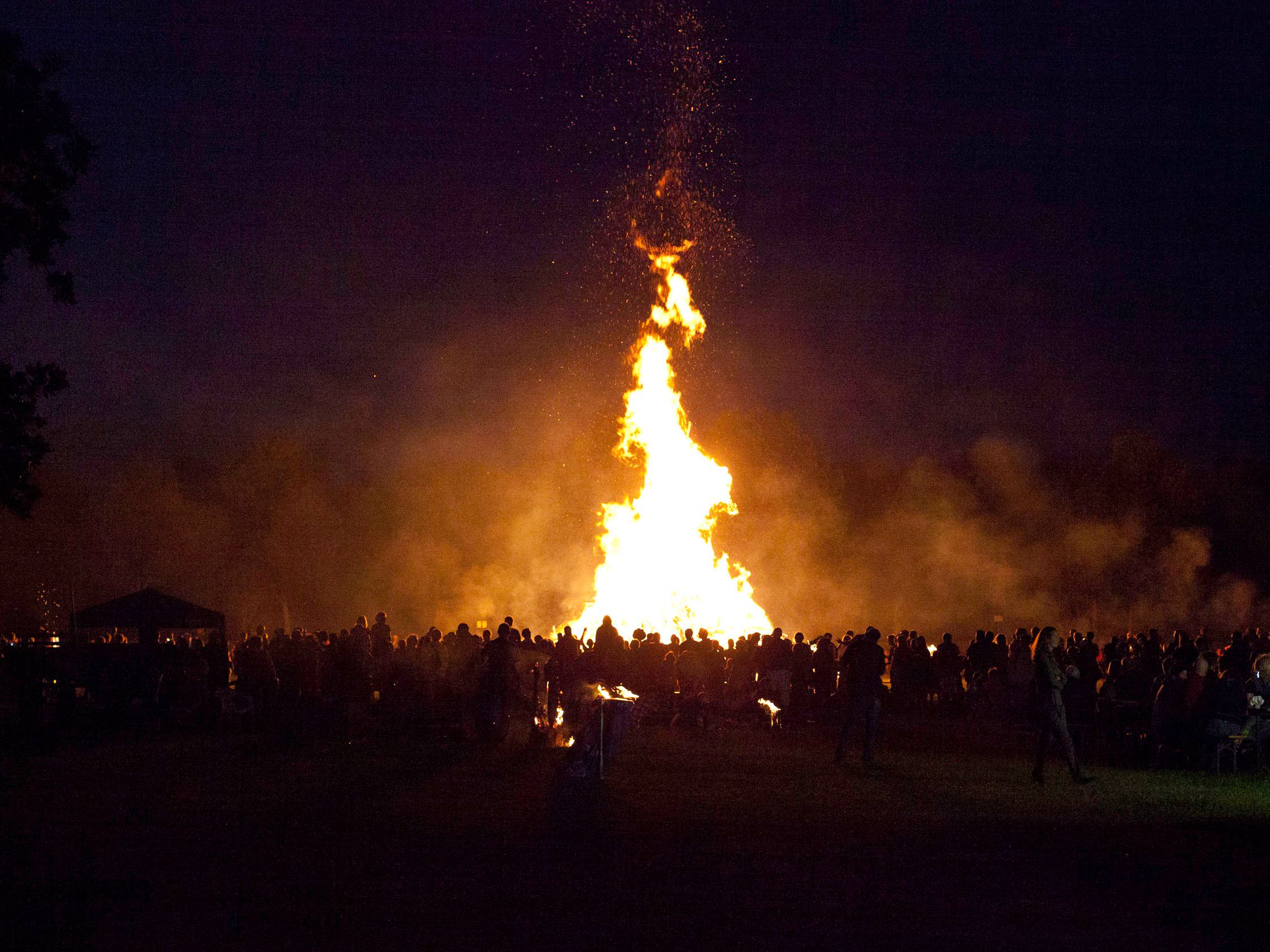
Bonfires became associated with the summer solstice. Before Christianity, pagans in parts of Europe observed Midsummer with bonfires. Bonfires were thought to give the sun’s energy a bump up for the rest of the growing season, resulting in a hearty fall harvest.
You Can Celebrate the Solstice at Stonehenge This Year
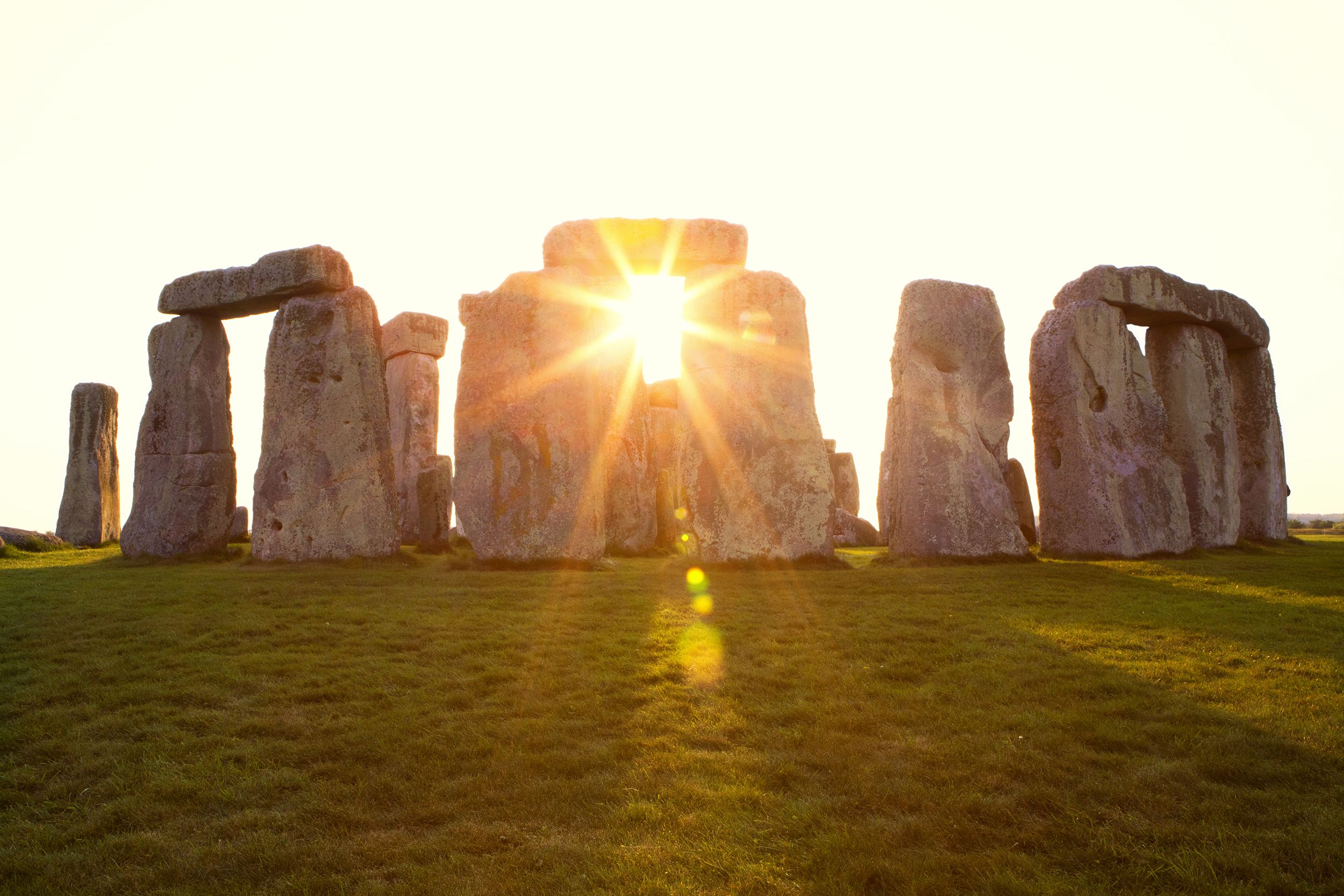
Related: 30 Incredible Photos of Ancient Ruins Across North America
Sign up for our newsletter
It’s Almost as Popular as Christmas in Scandinavia
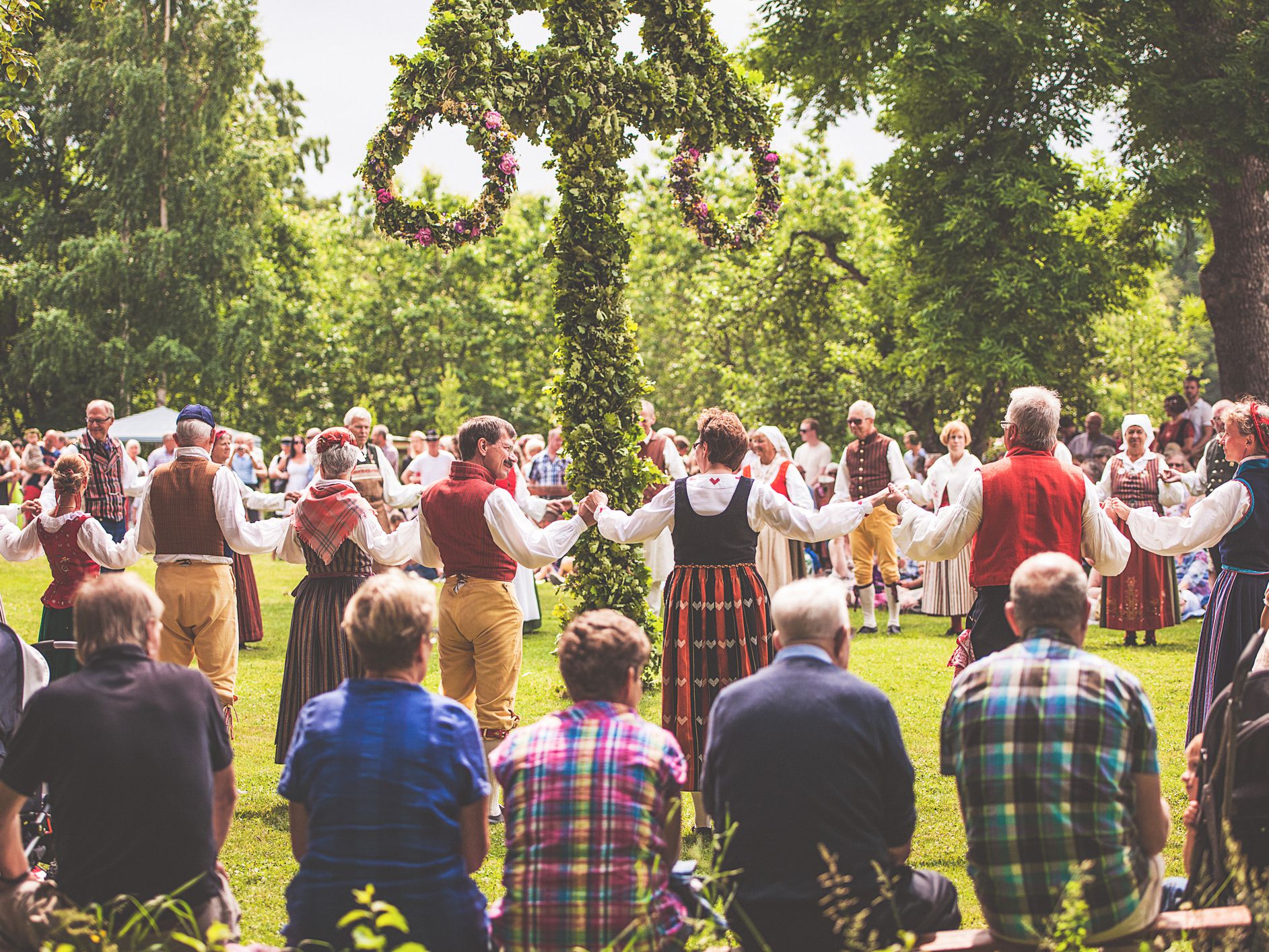
Native Americans Solstice Traditions Were Once Outlawed
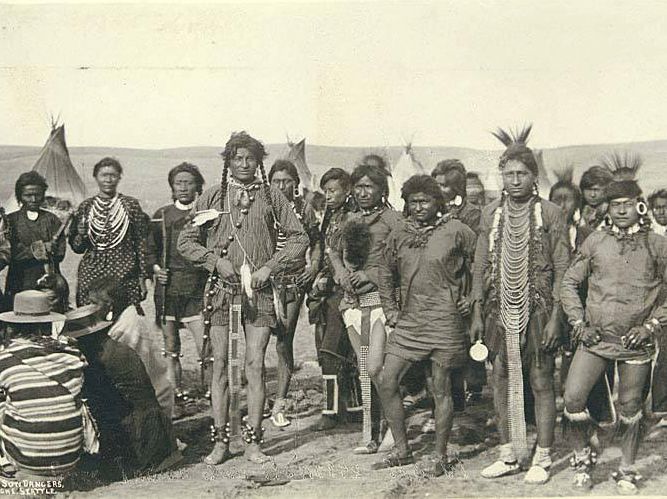
In North America, some tribes once held ritual dances to honor the sun, with the Sioux standing out for the tribe’s Sun Dance. Usually held during the June solstice, it involved cutting a tree and raising it to represent the connection between heaven and earth, then setting up teepees around it to represent the cosmos. Before the dance, participants abstained from food and drink and decorated their bodies with red (representing the sunset), blue (sky), yellow (lightning), white (light) and black (night) paint. Today, sun dances are performed by a number of tribes, often in public as a way to educate non-natives about the culture.
You Can Join a Solstice Parade in Seattle
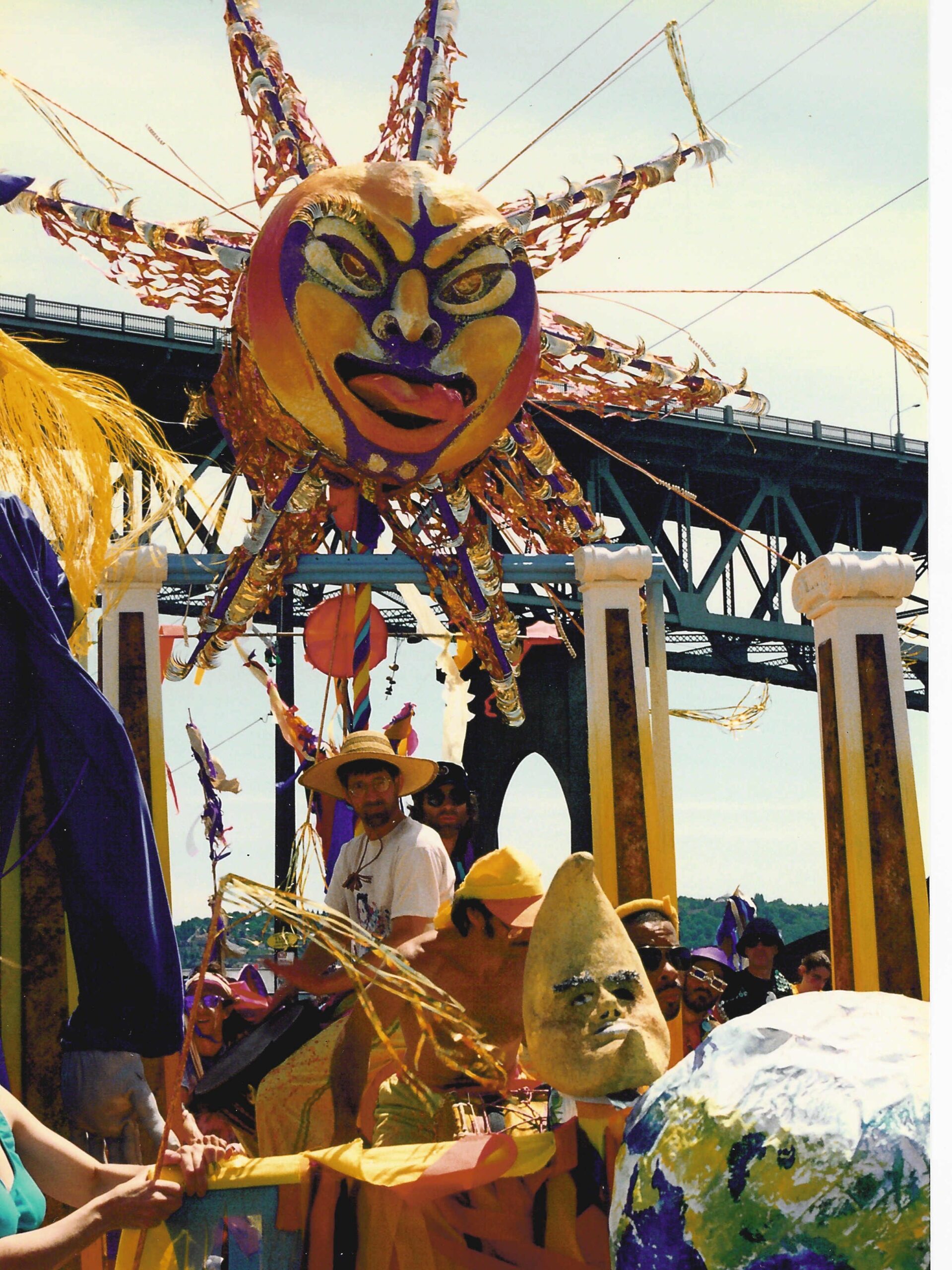
The Fremont Solstice Parade has been a Seattle tradition since 1989. It’s expected to draw some 60 community-based ensembles that will submit their art, with participation from drag queens, giant puppets, stilt walkers, floats, dancers, musicians, and more. People can join the festival June 18 at 2 p.m. according to Fremont Arts Council’s social media accounts to take part in the fun.
It Provides Lighting for a Baseball Game

Solstice celebrations are also quite the thing in Fairbanks, Alaska, which gets 24-hour daylight April 22 to August 20. The Midnight Sun Baseball Game, featuring the Alaska Goldpanners (who won last year), will be held again this year.
It’s Played a Starring Role in Movies

Yin and Yang: Some Believe the Solstice Balances Energy
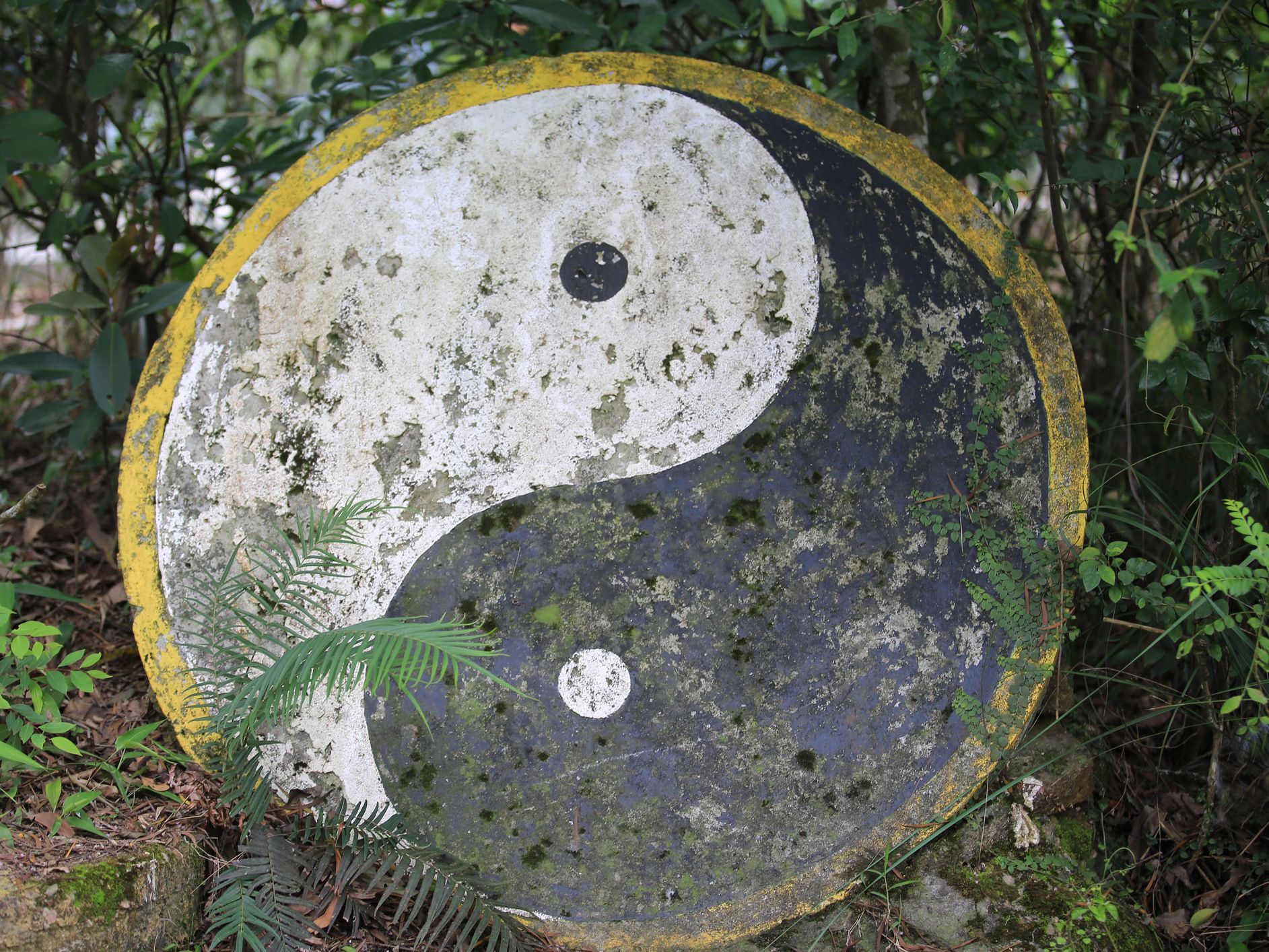
In Eastern philosophies, yin and yang (the two energies of earth) reference shifting energies and balance. When it comes to the solstice, we move from the balance of yin and yang that can be found in the spring, while the summer is considered a season of yang, which means fiery energy is more abundant. What does that mean? Long, hot days, with plants bearing fruit and humans becoming more social and energetic. Sounds about right.
Many Consider It a Time for Healing

The solstice is said to be a time for healing. With light being more available to us, we are supposedly more conscious and present, and, just as plants start springing to life with the warmer weather, we can also grow and heal. Whether you believe that, however, is up to you.
It’s Just an Earth Thing
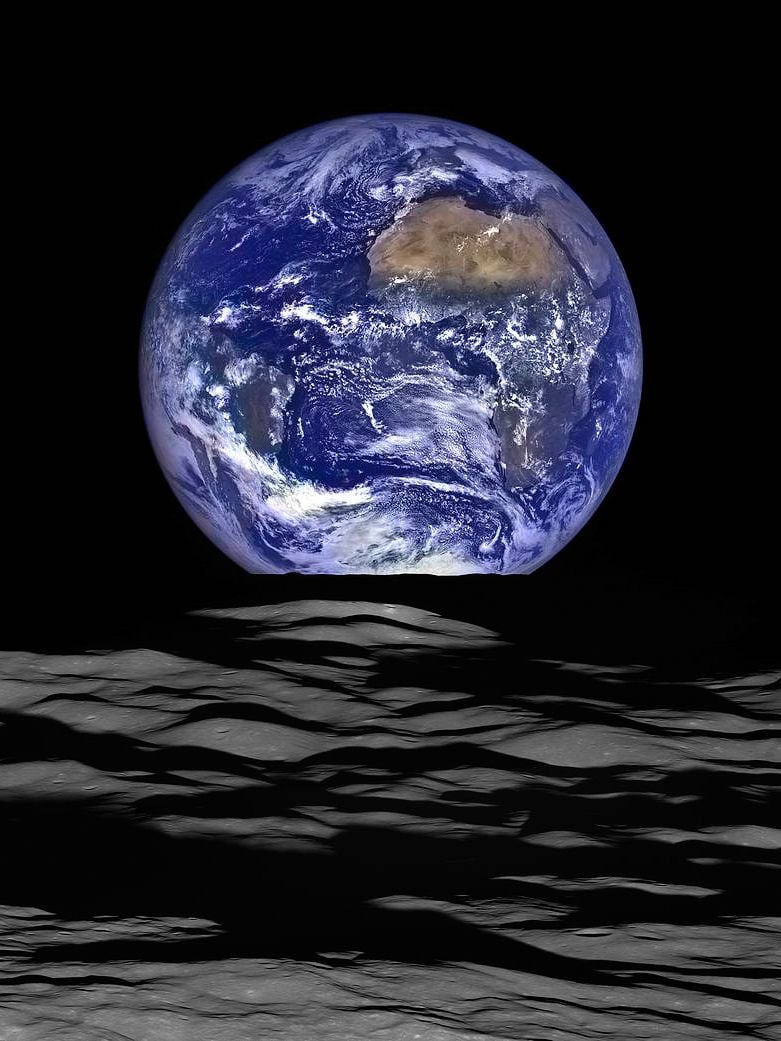
Earth, as we well know, has four seasons within a year, each lasting some 90 days. However, it’s not the same throughout the solar system, as most other planets wait much longer for seasonal changes. A season on Saturn, for example, lasts seven years while it can be some 20 years on Uranus or even more than 40 years on Neptune. (Seasons on Venus, though, are just 55 to 58 days).
